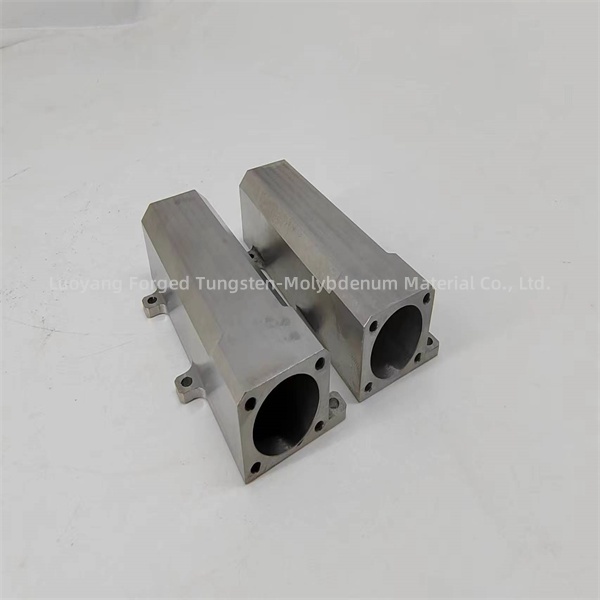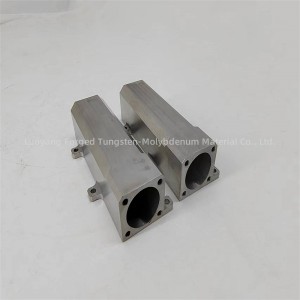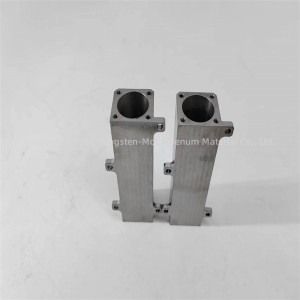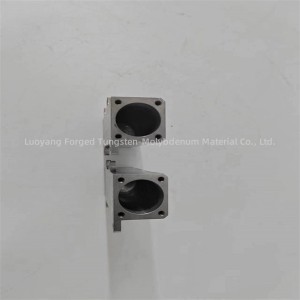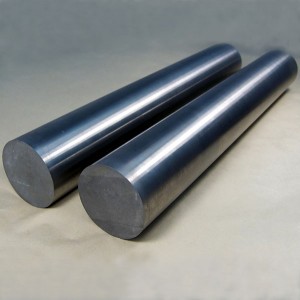high purity niobium machined parts superconducting niobium material
Niobium exists mainly in two stable isotope forms: niobium-93 and niobium-95. These isotopes have different numbers of neutrons in their nuclei, but they all exhibit similar chemical properties. In terms of its crystal structure, niobium can exist in different forms, including alpha and beta phases, depending on temperature and pressure conditions.
In addition to its elemental form, niobium is found in various compounds and alloys. For example, niobium-tin (Nb3Sn) and niobium-titanium (Nb-Ti) are commonly used to produce superconducting wire for applications such as MRI machines and particle accelerators. These alloys exhibit superconducting properties at low temperatures, making them valuable in the field of superconductivity.
Additionally, niobium can be alloyed with other metals to enhance its properties for specific applications. For example, niobium can be combined with zirconium, tantalum or other elements to form alloys with improved strength, corrosion resistance or superconducting properties.
Overall, the different types of niobium include its elemental form, isotopes, crystal structures, and various alloys and compounds, each with unique properties and applications.

Niobium is obtained primarily through a process called the Brazilian pyrochlore method. The extraction process involves several stages:
1. Mining: The first step involves extracting niobium-containing ores, which are often associated with other minerals such as tantalum, tin and titanium. Brazil and Canada are the main producers of niobium ore.
2. Ore beneficiation: The mined ore is processed to concentrate niobium minerals. This typically involves crushing, grinding and various separation techniques to separate the niobium-containing minerals from other components of the ore.
3. Refining: The concentrated niobium ore undergoes further refining processes to remove impurities and produce high-purity niobium concentrate. This may involve chemical processing, leaching and solvent extraction to obtain purified niobium compounds.
4. Reduction: The purified niobium compound is then reduced to metallic niobium through a high-temperature process, usually using techniques such as the aluminothermic reduction process. This results in the production of niobium metal in powder form.
5. Consolidation: The niobium powder is then consolidated into a solid form through processes such as powder metallurgy, forging or other forming techniques to produce niobium ingots, sheets or other desired forms.
Overall, the manufacturing of niobium involves a series of steps to extract, refine and process niobium-containing ores to obtain high-purity niobium metal for use in a variety of industrial applications.

Wechat:15138768150
WhatsApp: +86 15838517324
E-mail : jiajia@forgedmoly.com

